The Dirty Glove: Cutting Board Edition
Cleaning thoroughly, efficiently, and greenly is the name of the game here at the Purple Fig, but we all have those areas of the house that- let’s face it -nobody likes to tackle. What better way to honor those dastardly, dirty crevices then to dedicate a post about how to scrub them until they shine?
Every other month, we’ll walk you through guidelines tailored for each unique mess (greasy stovetop? Moldy tub? Sticky sink?) and lend some valuable tips along the way. So strap on your gloves, because we’re about to man handle the part of your kitchen that you sometimes mistake for the countertop (admit it): the cutting board.
Tools you’ll need
White distilled vinegar
Lemon
Salt
Hydrogen Peroxide
Rag or cloth
Optional: Baking soda
Optional: Mineral oil (i.e. walnut oil, coconut oil, almond oil)
Studying the Surface
A less formidable (yet enormously vital) component of your kitchen, the family cutting board is a pint-sized warrior as far as appliances go. It’s sturdy and stocky, tough enough to handle dicing and slicing from any kind of blade — constantly shuffled around, poked, and dribbled on without protest. But for all of its culinary heroism, the cutting board- be it wooden or plastic -somehow winds up on the back burner when it comes to cleaning day.
Because of your chopping block’s constant contact with a variety of foods (including raw meats in some cases), it’s a potential breeding ground for bacteria like E. coli and salmonella. Even though it usually gives off the impression of being clean, your cutting board (especially wooden boards) requires a good scrubbing at least every 2 weeks in order to properly disinfect the surface.
Depending on how often you use it, what kinds of fruits and veggies you chop, and the climate you live in, your board may require less or more maintenance…so use good judgement while planning out a cleaning routine!
Cutting Board TLC
1. Begin the sanitation process by grabbing a cloth or rag and soaking it in trusty white vinegar. Give the board a good scrub, adding a dab of water if you so desire, and remove any food residue.
2. If you regularly use the cutting board for meat and poultry, soak the cloth in 3% hydrogen peroxide and wipe it down thoroughly. Hydrogen peroxide is an ideal non-toxic antibacterial liquid that will knock out any harmful germs lingering on the surface.
3. To buff the surface and draw out any remaining bacteria, sprinkle salt along the entire cutting board, letting it sit for as little as 15 minutes or as long as overnight (again, it depends on wear and tear).
4. Cut a lemon in half and use it to rub the salt around the board, using the acidity of the fruit in your favor. Lemons have natural antibacterial properties and also aid in deodorizing, so be sure to squeeze while you rub it around the board. Let the lemon and salt blend sit for 5-10 minutes before wiping it off with a damp cloth.
5. If your cutting board still reeks or has blemishes, rub it down in vinegar again and sprinkle baking soda generously on the problem area. Baking soda is eco-cleaning royalty when it comes to banishing odors and stains! Let the soda fizz on the board for a minute or two, then rinse.
6. To restore that sparkle in your wooden block, condition it with mineral oil like walnut, almond, or coconut oil; so long as you avoid using olive or vegetable oil, it won’t go rancid. Take a dry clean cloth and apply the oil to the surface, going with the grain and touching every inch of the board (including sides and back). Buff with a soft cloth, and voilà! Your cutting board is as shiny and gorgeous as it was the first day you bought it!
Your cutting board may act tough, but in reality it’s as sensitive and needy as any other appliance. Even the sturdiest of tools needs a spa day every so often, so remember to clean your cutting board with love!
